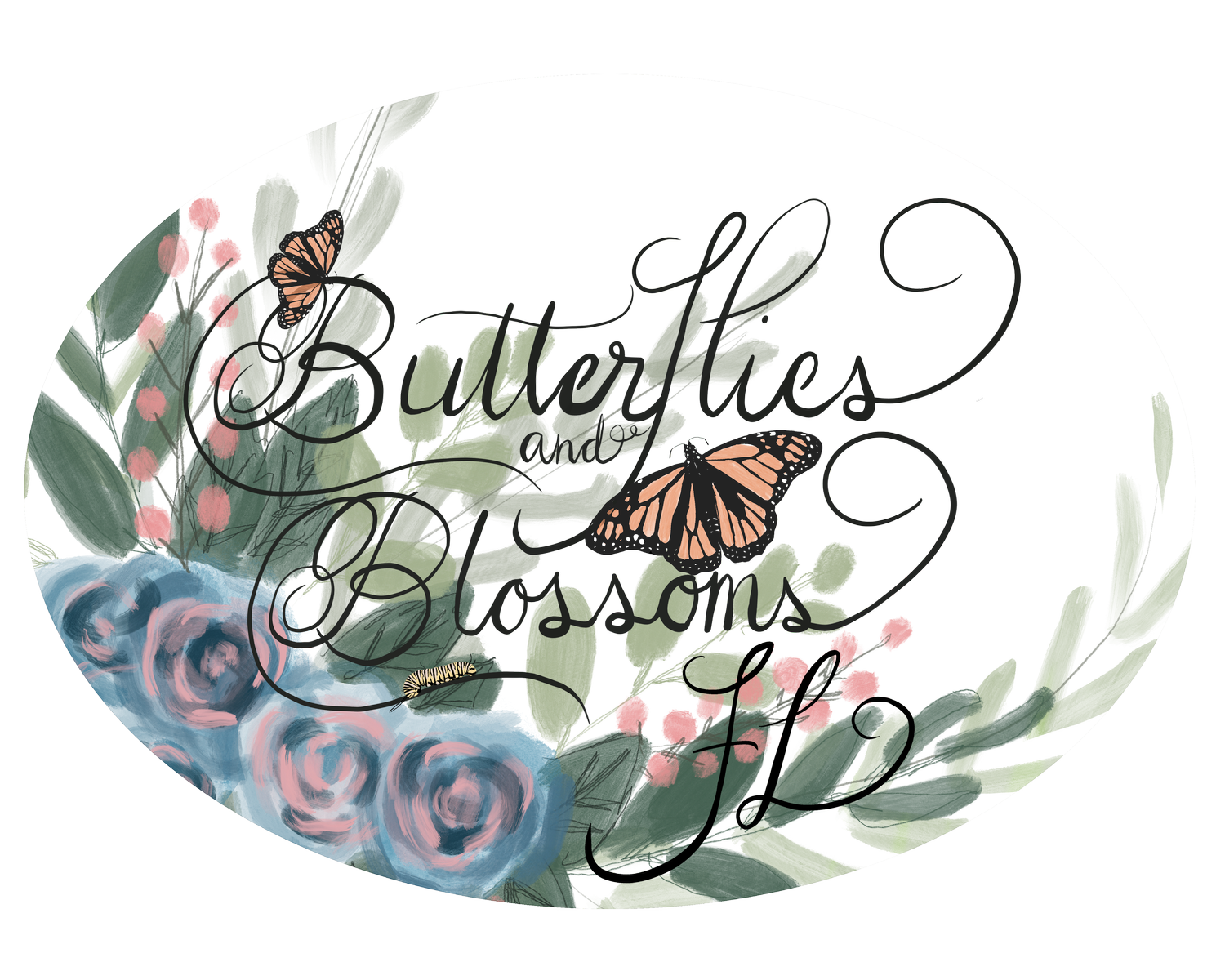Diary of a Gardener - The Story of the Coontie Palm: Florida’s Ancient Survivor
The Coontie palm, Zamia integrifolia, is not actually a true palm, but a cycad—a group of ancient plants that have existed since the time of the dinosaurs. Native to Florida and parts of the Caribbean, the Coontie holds a unique place in the state’s natural history, serving both humans and wildlife for centuries.
A Staple for Indigenous Peoples
Long before modern development, the Coontie was an important plant for Florida’s Indigenous peoples, including the Timucua, Tequesta, and Calusa tribes. They prized the Coontie for its starchy rootstock, which they processed into an edible flour known as Florida arrowroot.
However, the rootstock contains natural toxins—primarily cycasin—that required careful leaching and washing to make it safe for consumption. Indigenous peoples developed intricate processing methods, involving grating, soaking, rinsing, and drying, to remove the toxins and create a safe, nutrient-dense food source. This flour was then used to make a variety of foods, similar to how other cultures used cassava or sago.
Pioneer and Settler Use
Early settlers and pioneers in the 1800s also relied on the Coontie. During Florida’s early settlement period, especially in South Florida, the plant became the basis of a commercial starch industry. Mills, most notably around Miami, processed Coontie roots into flour and exported it under the name “Florida arrowroot,” which was used in baking and as a thickener.
By the early 1900s, this once-thriving cottage industry contributed to local economies. Unfortunately, this demand led to massive harvesting of wild Coontie populations without sustainable practices.
Near Extinction
By the mid-20th century, overharvesting, urban development, and habitat destruction nearly wiped out wild populations of Coontie in Florida. The decline was so severe that Coontie was thought to be on the brink of local extinction in many areas, especially around Miami-Dade County, where it had once been abundant.
A Butterfly’s Fate: The Atala Connection
The near disappearance of the Coontie also had cascading ecological consequences. The Atala butterfly (Eumaeus atala), a brilliantly iridescent black and turquoise butterfly with striking red-orange spots, is a specialist species that relies exclusively on Coontie as its larval host plant.
As Coontie vanished, so did the Atala. By the 1960s, the Atala butterfly was believed to be extirpated (locally extinct) in South Florida.
The Comeback Story
In a remarkable conservation turnaround, both the Coontie and the Atala have made inspiring comebacks. With the rise of the native plant movement, conservationists, native plant societies, and environmentally conscious gardeners began reintroducing Coontie into landscapes throughout Florida. Its hardiness, drought tolerance, and attractiveness in ornamental plantings helped revive interest.
As the Coontie returned, so did the Atala butterfly. First noticed in private gardens and protected natural areas, Atala populations steadily grew, expanding northward along Florida’s coast lines and reestablishing themselves in parts of Central and even Southwest Florida.
Today, the Coontie is commonly used in Florida-Friendly Landscaping™, appreciated for its low-maintenance nature, evergreen appearance, texture, and historical significance. More importantly, it plays a key role in supporting pollinators and helping maintain biodiversity in urban settings.
A Note for Gardeners
Coontie is a slow-growing plant. It takes about one year for its seeds to germinate and another year for the first frond to fully develop. This slow growth rate is why nursery prices for mature Coontie can seem high. When planting Coontie in your garden, patience pays off — you’re investing in a long-lived, low-maintenance native that supports wildlife and preserves Florida’s natural heritage.
Modern Appreciation
Cultural Heritage: Coontie is recognized as the only native cycad in North America, holding deep historical connections to Florida’s earliest human inhabitants and settlers.
Ecological Value: It serves as the essential host for the Atala butterfly and provides habitat for other beneficial insects and small wildlife.
Landscape Use: Coontie is prized in home landscapes for its resilience, beauty, and ability to thrive in a variety of conditions, from full sun to shade.
A Living Symbol
The Coontie’s story—from a vital food source to near extinction, and now a symbol of ecological renewal—highlights the importance of restoring native plants in our landscapes. Every Coontie planted today is not just a nod to Florida’s history, but a step toward preserving its natural future.
If you want to know more how to incorporate Coontie into your landscaping, book a consultation.
Remember to always keep growing.
References for Coontie Palm and Atala Butterfly
Florida Native Plant Society
Coontie (Zamia integrifolia)
https://www.fnps.org/plants/plant/coontieUniversity of Florida IFAS Extension
Zamia integrifolia: Coontie
https://edis.ifas.ufl.edu/publication/st602Smithsonian Magazine
The Florida Arrowroot and the Coontie Plant
https://www.smithsonianmag.com/science-nature/coontie-plant-arrowroot-florida-180969439/Florida Museum of Natural History
Atala Butterfly (Eumaeus atala)
https://www.floridamuseum.ufl.edu/fish/discover-fish/species-profiles/eumaeus-atala/The Native Plant Society of Texas (for general cycad information and history)
https://npsot.org/wp/story/coontie-zamia-integrifolia/USDA Forest Service
Zamia integrifolia Species Profile
https://www.fs.fed.us/database/feis/plants/cyc/zamiin/all.htmlFlorida Native Plant Restoration Initiative
History and conservation of Coontie
https://www.fnpri.org/projects/coontie/Butterfly Conservation and Native Plant Landscaping Resources
https://www.nwf.org/Educational-Resources/Wildlife-Guide/Invertebrates/Atala-Butterfly
